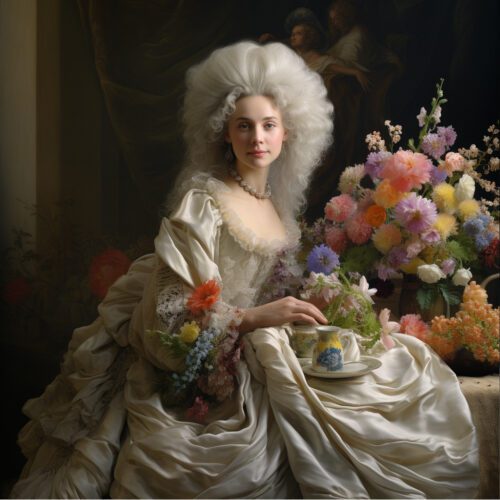
Once upon a time in the quaint English countryside, where tea was a serious affair and conversations primarily revolved around the weather, a seemingly innocent object made its grand entrance into the homes of the locals—the glass flower vase.
Little did the unsuspecting English know that this unassuming vessel would become a centrepiece in the drama, comedy, and occasional tragedy of their domestic lives.
Our story begins in the 17th century, when the glass flower vase made its debut on the English stage. Picture this: powdered wigs, corsets so tight you can’t breathe, and an obsession with elaborate, ostentatious decoration.
Enter the flower vase, not as a humble vessel for dainty daisies but as the flamboyant diva of the household. Back then, flower vases were so over-the-top that they made the grand chandeliers look like understated wall sconces.
Aristocrats competed to have the most outrageous floral displays, and rumour has it that a certain Duke even declared war on a neighbouring lord because his tulips were more vibrant. “Flower Wars,” they called it—petals at dawn!
The trend trickled down to the common folk, who, eager to emulate their upper-class counterparts, turned their homes into makeshift botanical gardens. The more flowers, the merrier, and soon every English home resembled a cross between Kew Gardens and a jungle-themed costume party.
Enter the Victorian era, a time when modesty was as scarce as common sense. glass flower vases, now regarded as essential household items, took on various shapes and sizes. The more peculiar, the better.
Vases resembling mythical creatures, historical monuments, and even the occasional misplaced piece of cutlery dotted every parlour and sitting room.
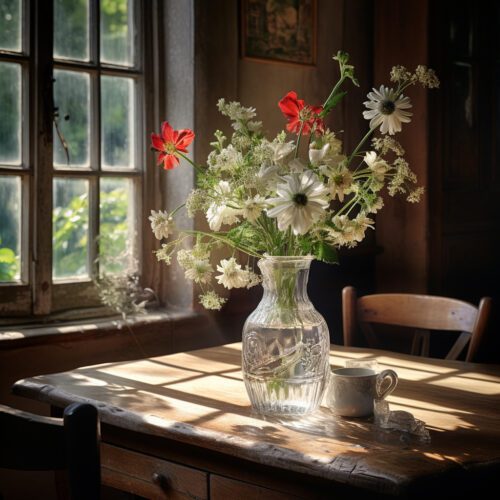
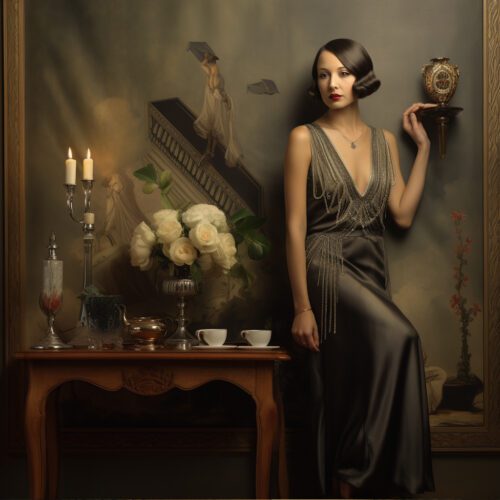
Victorian dinner parties became a breeding ground for vase one-upmanship. Forget the quality of the conversation; the real measure of success was how many bouquets you could stuff into your extravagant vase without causing a floral explosion.
If your vase didn’t require its own postcode, you were doing it wrong.
The flower vase frenzy reached its zenith during the Roaring Twenties, an era where flappers danced the Charleston, jazz filled the air, and Art Deco reigned supreme. Enter the modernist flower vase—sleek, geometric, and utterly disdainful of anything remotely frilly.
The English home, once a haven for flamboyant blooms, now embraced minimalism. Flower arrangements were subjected to a rigorous regimen of bonsai training, and any blossom that dared to exceed the allocated height limit was promptly pruned. Glass flower ases became art deco masterpieces, more interested in geometric precision than cradling delicate petals.
However, the vase drama wasn’t over. The Second World War brought austerity, rationing, and a new appreciation for simplicity. The flower vase, once the star of the show, now took a backseat to more pressing concerns. Homes were adorned with victory gardens rather than ostentatious floral displays, and the vase found itself relegated to the attic, patiently biding its time.
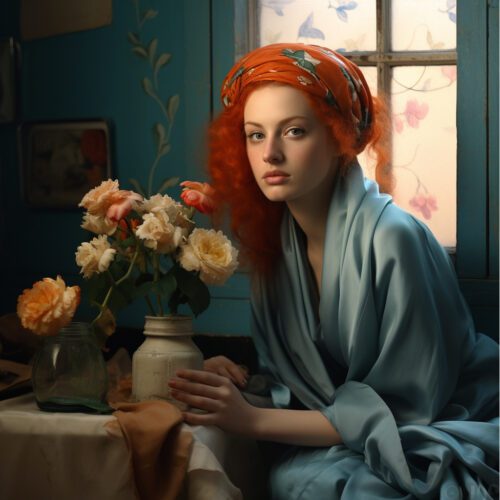
Post-war England witnessed the resurrection of the flower vase as the nation rebuilt itself. A symbol of hope and renewal, the vase made a triumphant return. Subdued elegance replaced the excesses of the past, with households opting for modest bouquets that spoke volumes without shouting.
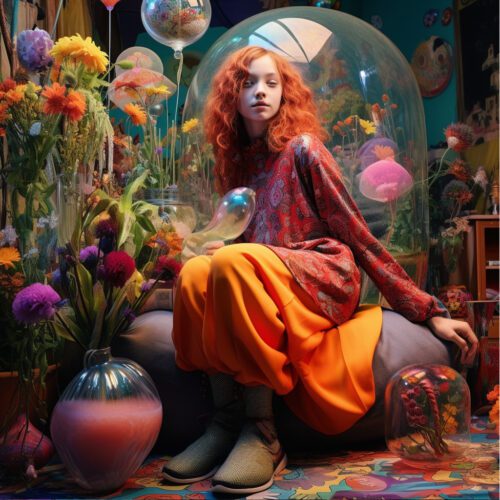
Fast forward to the Swinging Sixties, a time of revolution, rebellion, and—oddly enough—a floral resurgence. The flower vase, once again a fashion statement, embraced psychedelic patterns and neon hues. It was as if the vase had dropped acid and decided to take the entire living room on a technicolour trip.
The 1980s marked the era of yuppies, power suits, and the glass flower vase’s transformation into a status symbol. Extravagant crystal vases were no longer reserved for special occasions; they became a declaration of one’s social standing. If your vase didn’t scream opulence, were you even trying?
As we approached the turn of the millennium, the flower vase underwent a drastic transformation. Out with the crystal, in with the quirky.
Suddenly, every self-respecting household had a vase shaped like a rubber duck or a pineapple.
The vase was no longer just a vessel for flowers; it was an expression of individuality, a quirky companion in a world that had embraced the eccentric.
And so, dear reader, we arrive at the present day, where the glass flower vase continues to be a staple in English homes. No longer confined to the aristocratic excesses of the 17th century or the minimalism of the Jazz Age, the flower vase has weathered the storms of changing tastes and trends. It remains a symbol of nature’s beauty, a testament to human creativity, and occasionally, a quirky conversation starter.
So, the next time you arrange a bouquet in your favourite vase—be it a crystal relic from the ’80s or a whimsical creation from the 21st century—take a moment to appreciate the journey of this humble yet resilient household companion. After all, behind every vase, there’s a story waiting to bloom.

